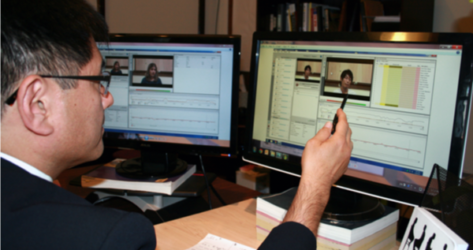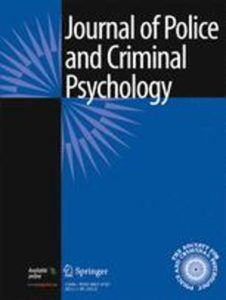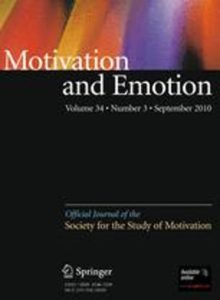Humintell’s scientists are world-renowned experts in the fields of emotion, nonverbal behavior, and culture, and have applied their basic science expertise to the fields of deception, interviewing and interrogation, and threat assessment. They produce novel research findings in these areas and have a 30+ year history of publishing results in top-tier, peer reviewed scientific journals. This ensures the continuing evolution of knowledge and understanding of the validated behavioral indicators of veracity, deception, and threats.
In the last decade, Humintell science has gone well beyond the study of facial expressions of emotion to combine face with gestures, whole body movements, voice and verbal indicators of deception. Humintell is the first to have published cutting-edge research that combines both verbal and nonverbal indicators of veracity and deception across different cultural and linguistic groups. This has allowed for the identification of cross-culturally applicable behavioral indicators of mental states, veracity, deception, and threat. No other research group in the world can make this claim.
All Humintell training workshops and online courses are uniquely powered by Humintell science. Humintell’s workshops and courses have not only been validated in laboratory experiments but also vetted in the field by security personnel who have been trained in identifying validated indicators of veracity and deception. These efforts allow Humintell to leverage half a century of innovative study and research and combine state-of-the-art behavioral science with real world practical experience to provide unique training in deception detection, threat assessment, reading people, and cross-cultural adaptation that cannot be found anywhere else.
Stay tuned here for updates on Humintell science when they emerge!




 ABSTRACT: Evaluating truthfulness and detecting deception is a capstone skill of criminal justice professionals, and researchers have long examined nonverbal cues to aid in such determinations. This paper examines the notion that testing clusters of nonverbal behaviors is a more fruitful way of making such determinations than single, specific behaviors.
ABSTRACT: Evaluating truthfulness and detecting deception is a capstone skill of criminal justice professionals, and researchers have long examined nonverbal cues to aid in such determinations. This paper examines the notion that testing clusters of nonverbal behaviors is a more fruitful way of making such determinations than single, specific behaviors.  ABSTRACT: Microexpressions are extremely quick facial expressions of emotion that appear on the face for less than ½ a s. To date, no study has demonstrated that the ability to read them can be trained. We present two studies that do so, as well as evidence for the retention of the training effects.
ABSTRACT: Microexpressions are extremely quick facial expressions of emotion that appear on the face for less than ½ a s. To date, no study has demonstrated that the ability to read them can be trained. We present two studies that do so, as well as evidence for the retention of the training effects.